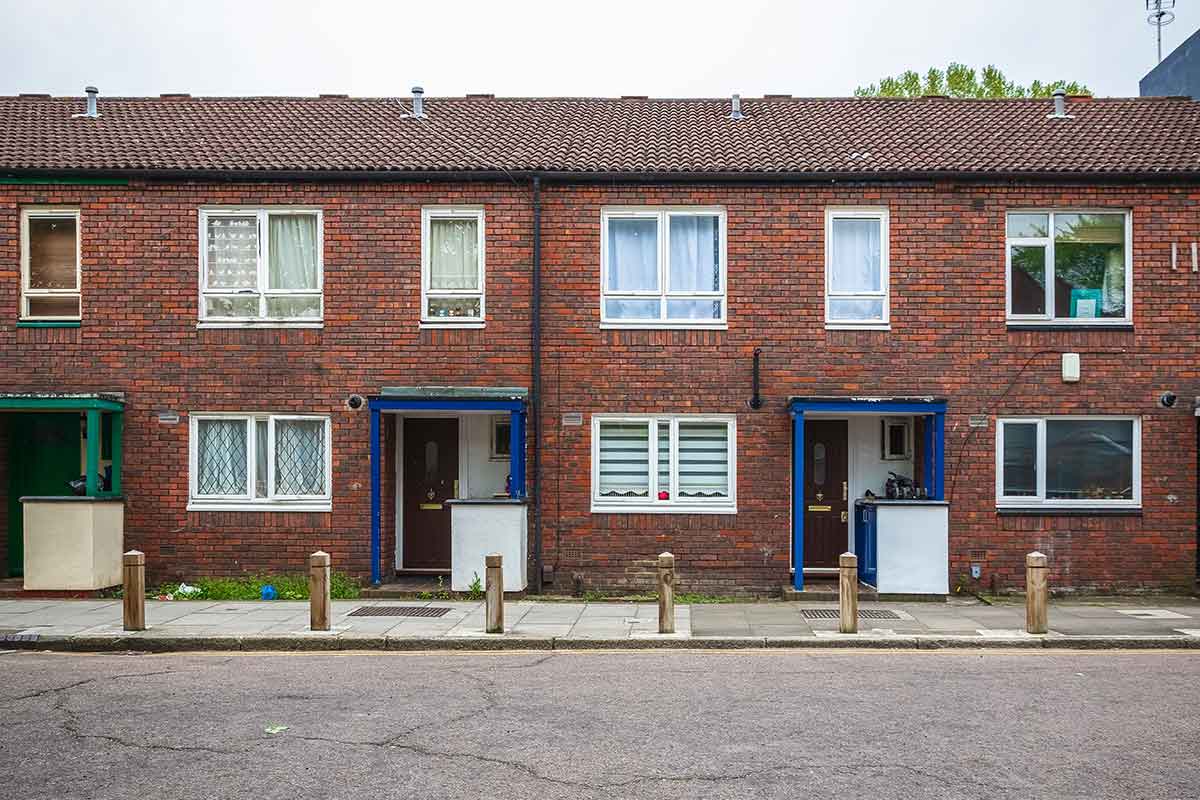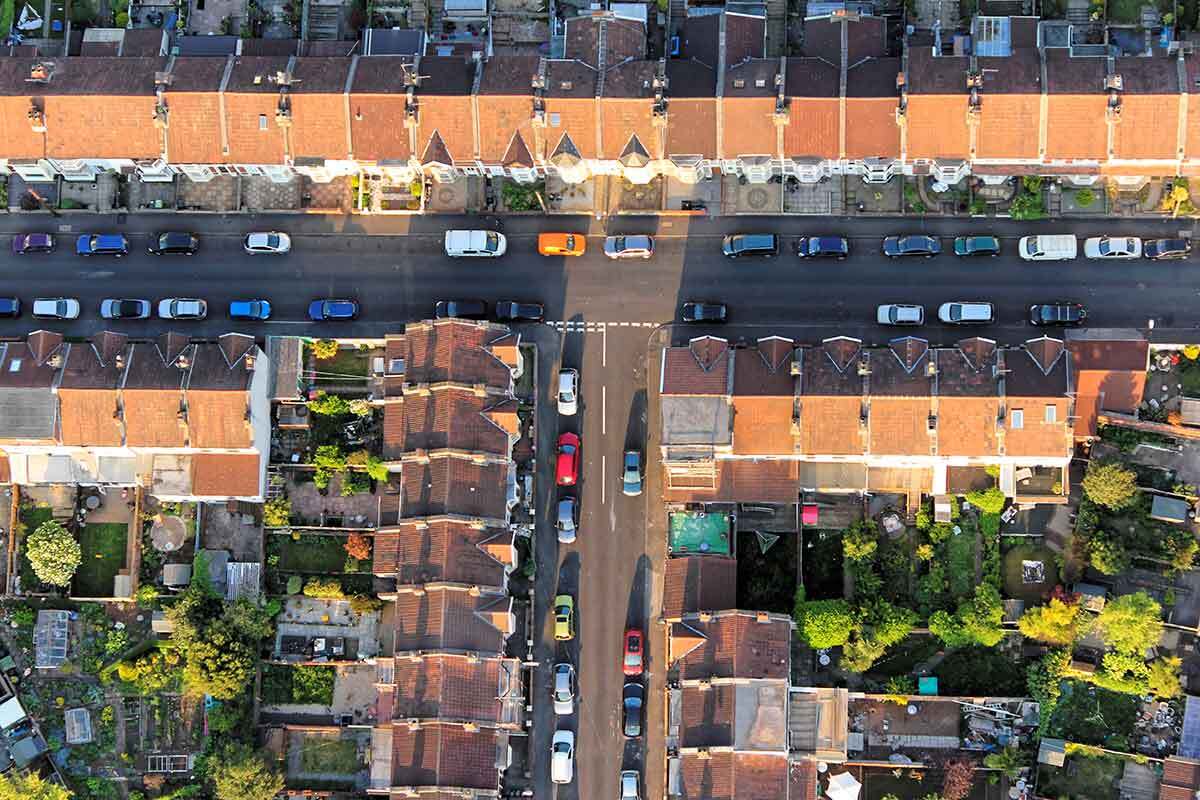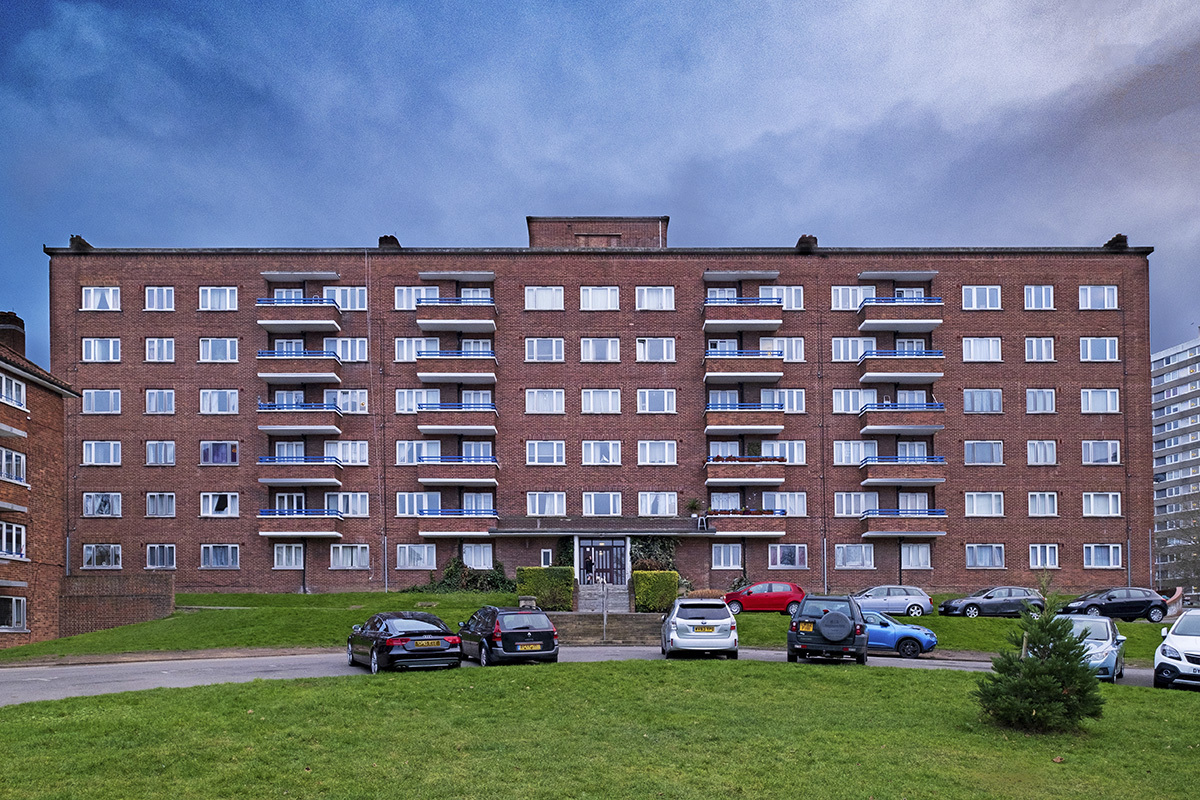
Gavin Smart is chief executive of the Chartered Institute of Housing
Is Right to Buy for housing association residents the answer to affordable homeownership?
As the government again considers extending the Right to Buy to housing association tenants, Gavin Smart argues that support for homeownership shouldn’t come at the expense of the poorest households
Right to Buy (RTB) is one of those policies that tends to be revived when the government is looking for a positive headline on affordable homeownership, but does it stack up as a viable policy option for housing association residents? The short answer is no.
Whilst the Chartered Institute of Housing (CIH) is supportive of measures to help people into homeownership, extending the RTB to housing associations is not the right policy to achieve this and would lead to a reduction in the overall number of affordable social rented homes.
We have more than 1.1 million households on waiting lists for social housing. The number living in temporary accommodation has nearly doubled in the past decade. We need more, not fewer, affordable social homes.
Analysis by Professor Alan Murie for our 2022 UK Housing Review shows that RTB has led to an erosion of the stock of social rented homes, around 40% of which were later sold into the private rented sector. Despite government commitments, fewer than 5% of the homes sold off have been replaced.
“Social landlords are already under massive financial pressure to deliver on better quality in their existing stock, meet building safety requirements and achieve net zero. It is not plausible that they could create the capacity to partially absorb the costs of discounts or of replacement homes”
Evidence also shows that the costs of the programme, in terms of funding discounts and replacement homes, are vast and does not represent value for money. In our assessment of the voluntary RTB proposed in 2015 (Selling Off the Stock) we found that the cost to the Treasury of a new RTB could be around £2bn a year.
In 2021, the government commissioned a report on the impact of the pilot voluntary RTB scheme, which came to similar conclusions. The sum is not far short of the forecast annual cost of the current Affordable Homes Programme (AHP) – £2.5bn. Even if part of the costs were to be met by cutting back the AHP, it would have a significantly negative effect on future housing supply.
As the UK Housing Review points out, social landlords are already under massive financial pressure to deliver on better quality in their existing stock, meet building safety requirements and achieve net zero. It is not plausible that they could create the capacity to partially absorb the costs of discounts or of replacement homes.
Originally, the cost of discounts was to be funded by enforced sales of high-value council housing stock. Selling Off the Stock projected that this might produce £1.1bn to £1.7bn annually. However, this proposal was rightly criticised and later dropped, financing the pilot voluntary RTB via direct Treasury funding. The logical conclusion is that extra Treasury funding would be required again.
A key question is whether spending roughly £70,000 per home to support people into homeownership is good value for money. For that price, the social landlord loses an existing unit and gains an equivalent (assuming there is like-for-like replacement). The new owner gains a home (with a mortgage) and stops paying rent. Eventually, the home sold is resold, either to a (probably more affluent) owner-occupier or (almost equally likely) to a buy-to-let landlord, meaning a possible new cost to the exchequer in housing benefits towards the rent.
In contrast, the CIH, working with the Centre for Homelessness Impact, recently showed that grant of around £70,000 per unit, if used to finance a programme to build 10,000 more social rented homes annually, could come close to breaking even by enabling social landlords to rehouse low-income tenants. This would offer far higher value for money.
“Homeownership is a legitimate aspiration for government policy, but it cannot be at the expense of the poorest households”
It should be recognised that the government is talking about selling assets that do not belong to it, but often to charitable organisations. They exist to provide benefit to the community, holding their assets in trust by providing affordable homes for rent. Forcing the sale of assets creates a heavy risk, damaging funder confidence, and reducing the sector’s capacity.
We would urge the government to think again.
If the scheme does go ahead, it is vital that it does so with the cost of discounts fully funded by the exchequer, with no return to the discredited proposal to sell off high-value council housing. Nor should associations have to use resources urgently required for new build and for building safety and decarbonisation work. Any replacement homes should be like for like, ie social rented homes replaced with new ones.
Homeownership is a legitimate aspiration for government policy, but it cannot be at the expense of the poorest households.
As Michael Gove, the housing secretary, said in a recent speech: “We’ve reached a situation where the availability of social housing is simply inadequate for any notion of social justice or economic efficiency. If we want to have functioning communities, if we want our cities and towns to have places where key workers and individuals who keep our public services going can have a decent roof over their heads and raise a family in stability and security, then we need more social homes.”
RTB is not the answer.
Gavin Smart is the chief executive of the Chartered Institute of Housing











